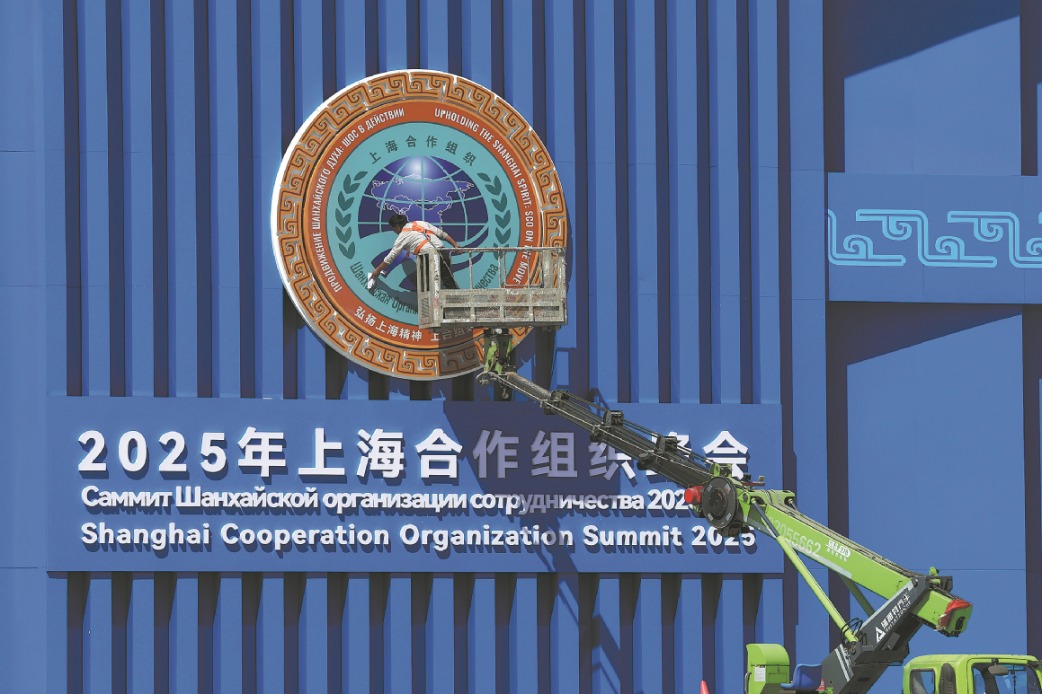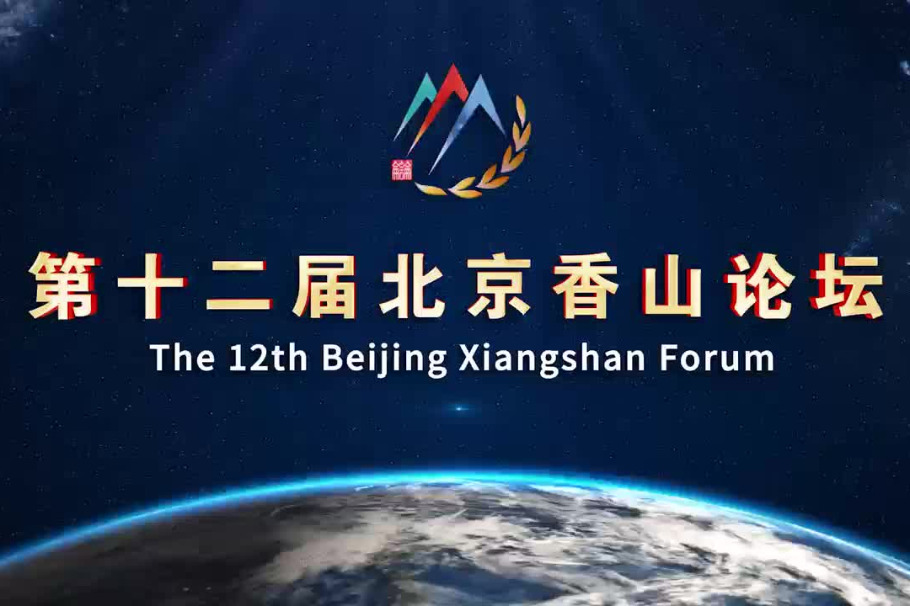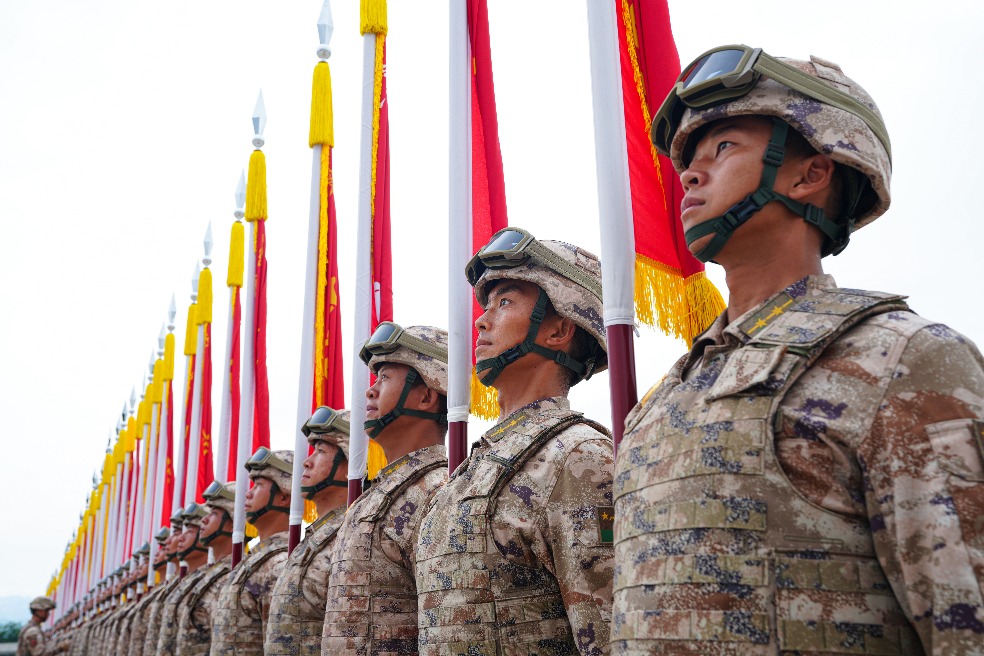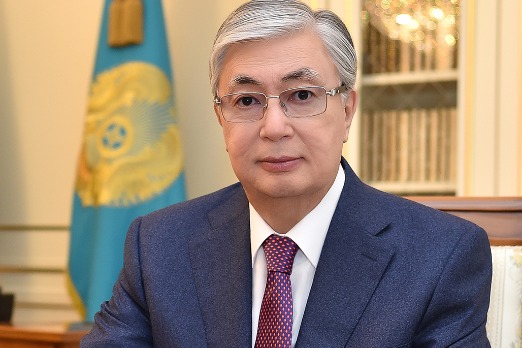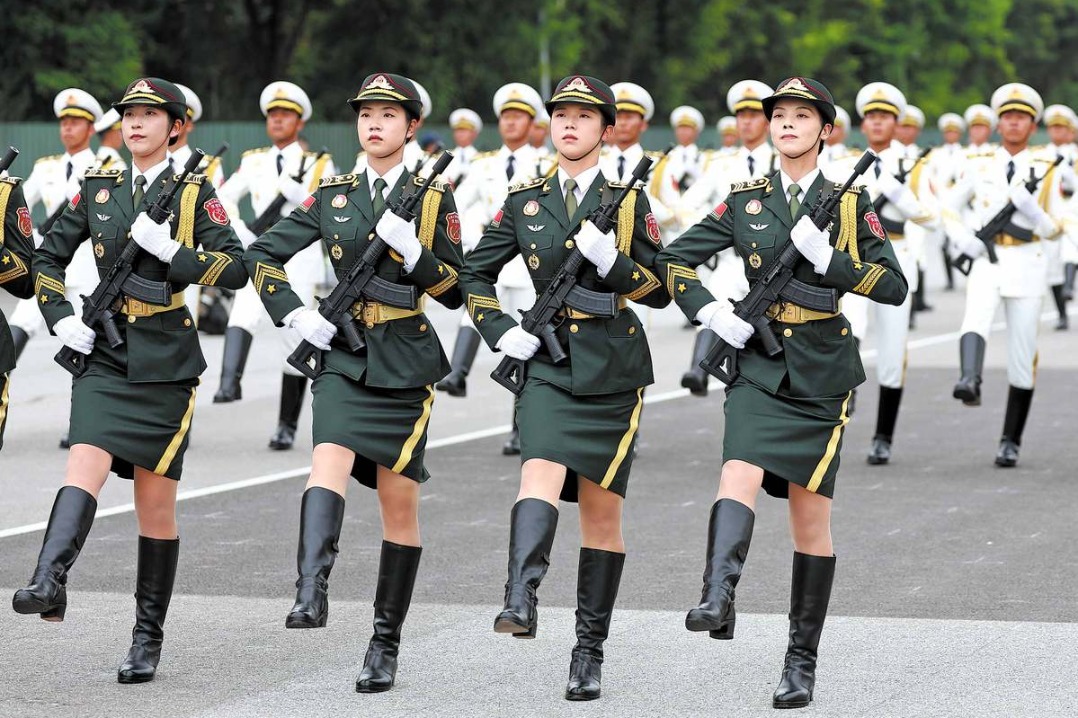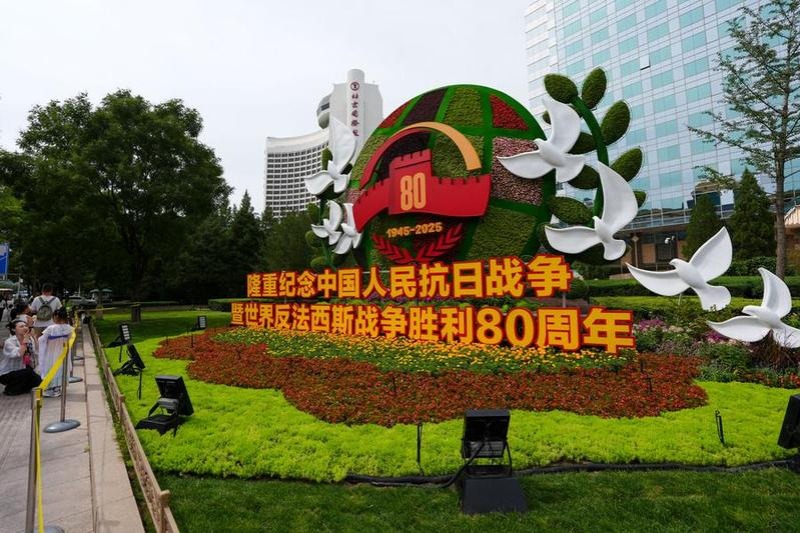What's behind strong resilience in Sino-Indian economic ties?


Last year, we had many reasons to expect the worst of times for China-India economic relations. However, against all odds, the bilateral trade scenario has not turned out to be as bleak as expected, and it has even showed some positive signs. For example, despite the decline in total trade volume, we witnessed Indian exports to China rising by 16 percent, and China replacing the US as India's largest trade partner. In the first half of this year, with economic recovery accelerating in both countries, Sino-Indian trade reached a record high, with India's imports from China expanding by 60.4 percent and its exports to China by 69.6 percent, both much higher compared to India's trade with the rest of the world. Why does Sino-Indian trade appear so resilient? Could this tendency be sustainable?
First, the pharmaceutical industry provides a strong case for economic complementarities between the two nations. India is a well-known supplier to the world of generic medicines, and its production covers 60 percent of the world's vaccine demands and one-third of US domestic pill consumption. Its competitiveness mostly lies in relatively higher medical efficacy as well as lower prices. China, famed for being "the world's factory", is a major producer of active pharmaceutical ingredients (API), accounting for 55 percent of the world's total production. Every year the Indian pharmaceutical industry imports from China almost 80 percent of their API.
API production is capital intensive, favoring economies of scale. Long before the pandemic, India's private investment, ailed by the vulnerable domestic financial system as well as the lack of critical policy reforms in factor markets, had lost its growth momentum. Now the pandemic, weighing down the world's economy with excessive uncertainties, may further delay the recovery process. Therefore, before India could fully realize its API production capacity at an ideal level, importing from China remains the most economic choice.
From China's perspective, catching up with India's success in developing generic drugs is not that easy. At the same time, domestic opinion leaders have also called for more access to Indian drugs by joining hands with Indian drug manufacturers, and the central government itself has been ready to relax related laws.
Second, the movement on both sides in post-pandemic export performance may suggest a strong link between their economies defined by their different positions in the global value chain. For some time, Indian trade in goods and services has reached a higher level than China, with India's export-to-GDP ratio no less than that of China. Therefore, exports may also have played an important role in the Indian economy. Last fiscal year (2020-2021), the Indian economy contracted 7.3 percent annually. Then, exports recovered first, growing 44.7 percent in the third quarter of 2020. While the second wave of COVID-19 interrupted this progress, exports once again quickly rebounded in a rise of 13 percent in the second quarter of 2021, helping pull the whole economy out of contraction.
Looking more closely into Indian exports in the first half of 2021, the country's exports to China -- including traditional goods such as iron ore, petroleum products and organic chemicals -- achieved the highest growth rate among all of India's trade partners during this period. The reason behind this is that China, as the first major economy recovering from the pandemic, is busy expanding its production capacity to meet additional import demands from the rest of the world. In this sense, these two countries' economies are complementary and deeply integrated into global supply chains.
Under the existing trade pattern, China exports to India manufactured goods with a much higher added value such as electronic equipment, home appliances, and imports from India the intermediate goods such as iron ores and cotton. However, unless India fulfills its "Make in India" initiative, or at least raises its manufacturing share in GDP to its own target in a short time, the bilateral trade imbalance cannot be completely resolved.
No matter how much we need balanced trade, trade deficits should not fully occupy our thoughts. Foreign trade is just a means to serve long-term development targets. It takes time to realize dynamic balanced trade. In spite of this, China last year granted market access to certain Indian goods, such as rice, sugar and marine products, showing its sincerity and lasting political willingness to further deepen Sino-Indian economic relations.
Third, China's foreign direct investment, or FDI, may play a more active role in India's "Make in India" initiative. On many occasions, Modi has expressed his eagerness to attract FDI into India. Improving India's infrastructure and building up its manufacturing capacity to provide more jobs to its young population all need huge investment. China can be one of the best partners for India in this field. As a world manufacturing hub with enormous foreign exchange reserves, China has enough knowledge and experience in these sectors to share with India.
Based on the resilience we have observed in recent China-India trade relations, we do believe that economic cooperation between the two nations will deepen and eventually lead to a win-win situation.
The author is associate researcher at the National Institute of International Strategy, Chinese Academy of Social Sciences.
The opinions expressed here are those of the writer and do not necessarily represent the views of China Daily and China Daily website.
If you have a specific expertise, or would like to share your thought about our stories, then send us your writings at opinion@chinadaily.com.cn, and comment@chinadaily.com.cn.



















